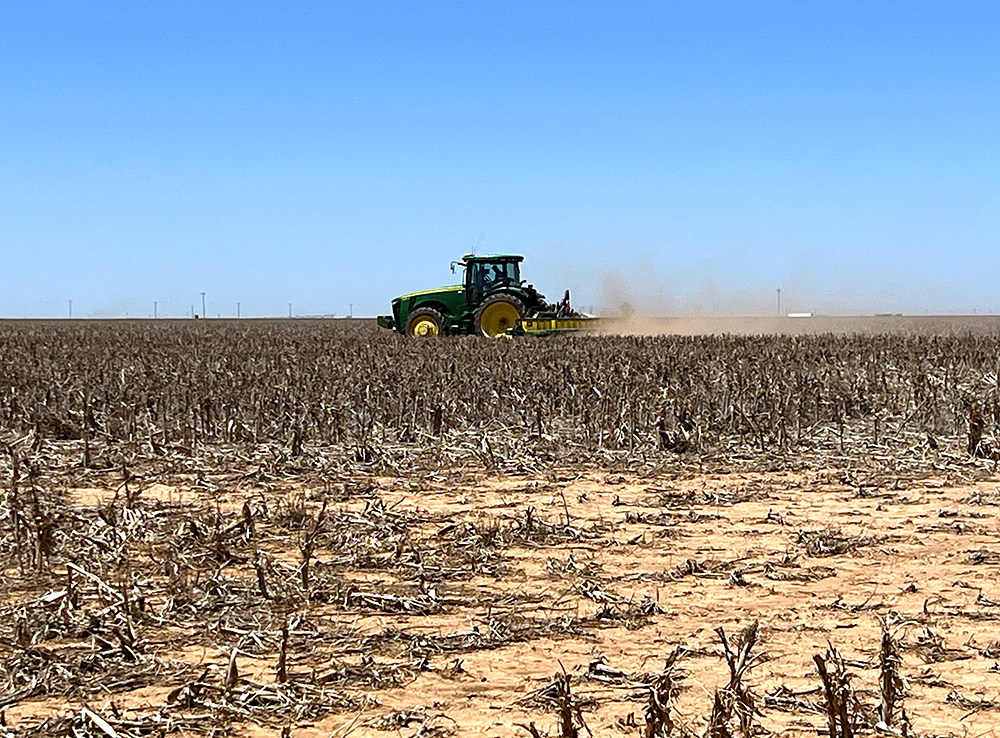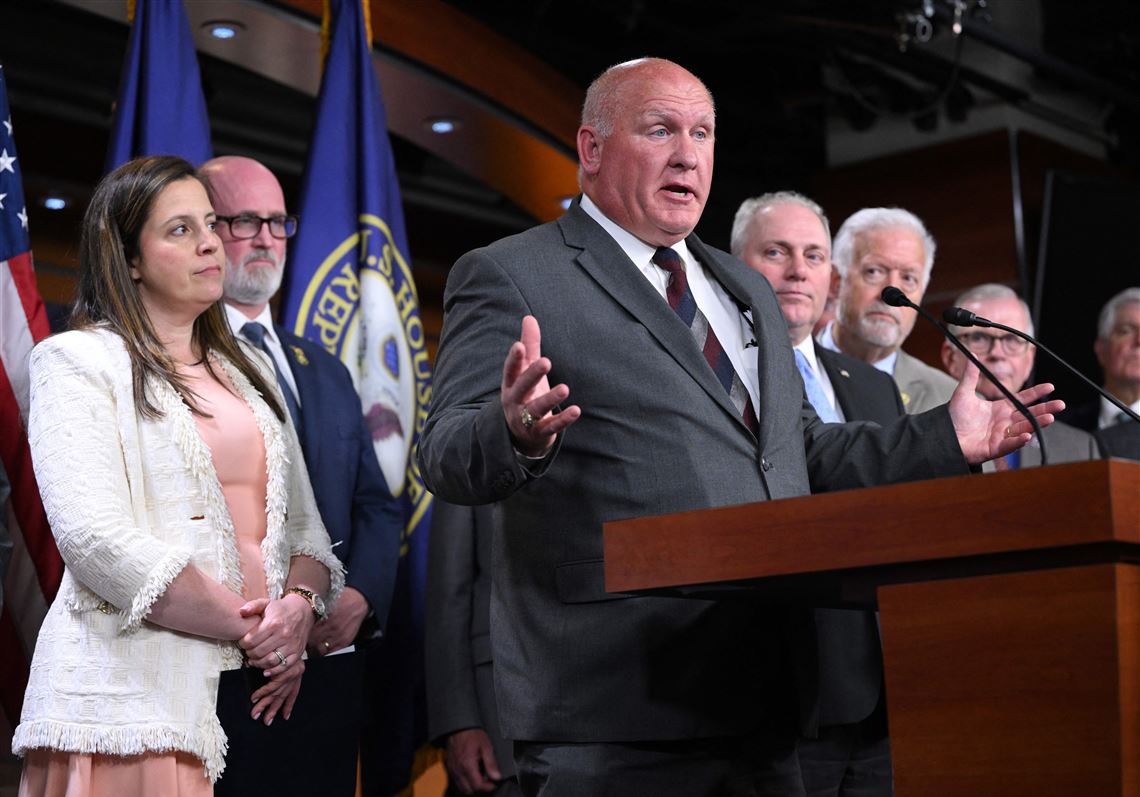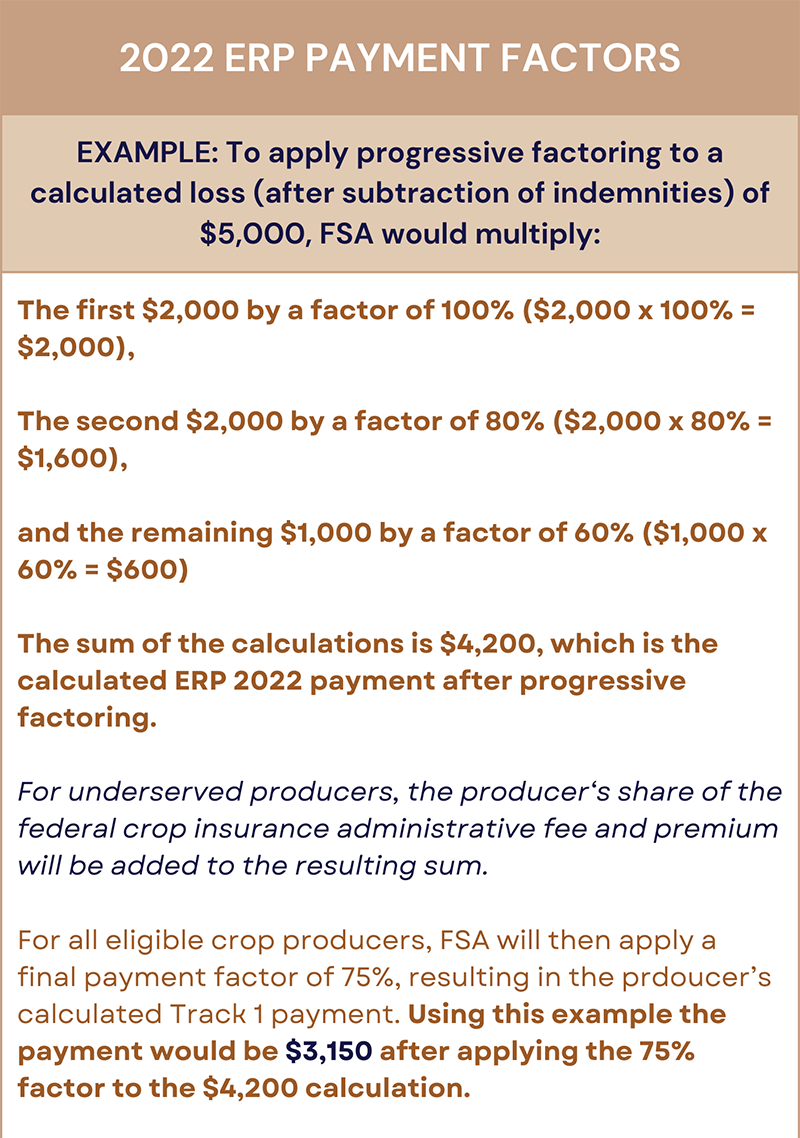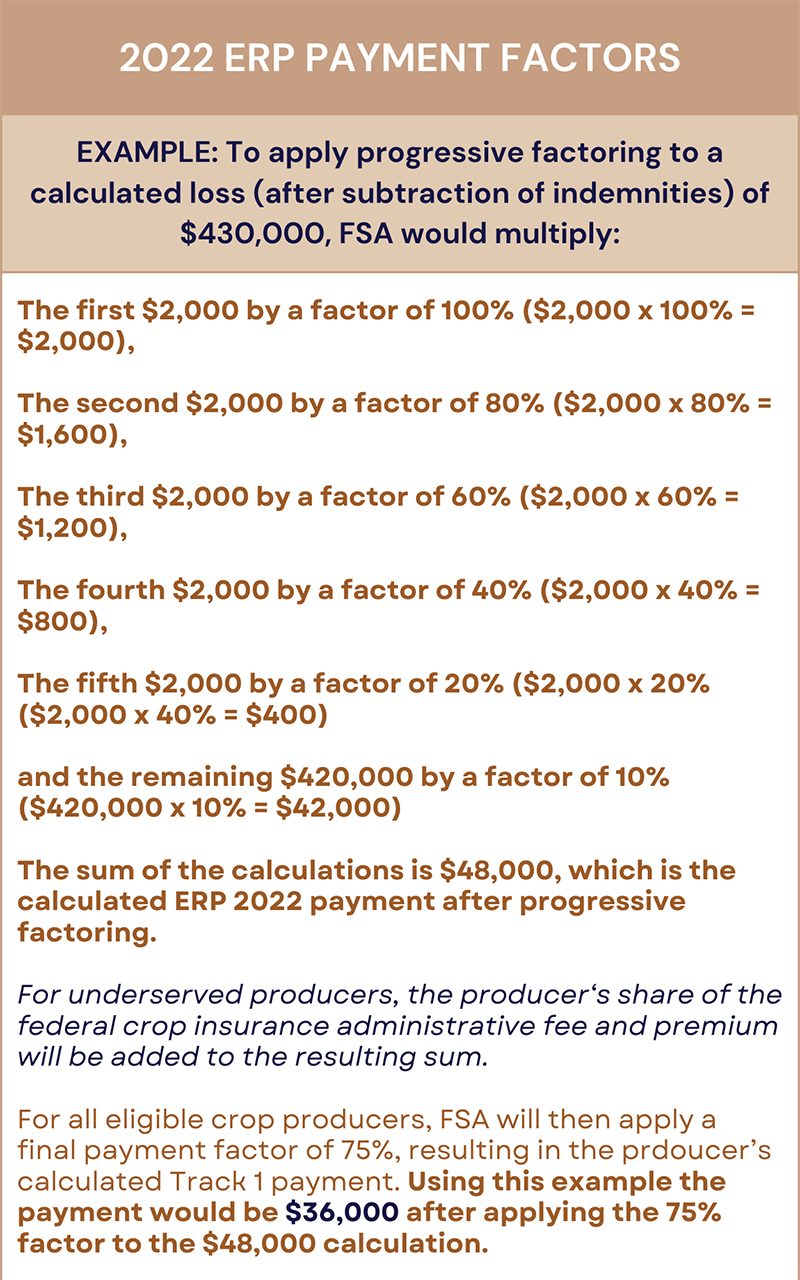
Welcome to the May 17, 2024 issue of Cotton News, a service provided by Plains Cotton Growers Inc. for the cotton industry in the Texas High Plains and beyond.
The Ripple Effect
By Kara Bishop
Every year, the North Plains Groundwater Conservation District puts on the Save the Planet Water Festival for fourth-grade students in the Panhandle. And every year, the students walk into the classroom for the cotton session that we host confused about why cotton is at the water festival.
cotton session that we host confused about why cotton is at the water festival.
They may be confused, but they’re still excited. It’s one of the highlights of my year to go to this event and see nine- and ten-year old children excited about cotton. To see them light up when I tell them cotton is in ice cream and money. To see them immediately try to take their shirts off to check their clothing label after we talk about the damage microplastics in water can do to humans and wildlife alike. To see them excited when they realize their water festival T-shirt is 100% cotton.
And by the end of the day, nearly 300 students have been told to check their clothing labels for cotton, to purchase cotton-rich apparel and to tell everyone they know to do the same.
This type of outreach doesn’t get the same attention as others. It’s not considered a top priority for everyone. But I would argue it’s one of the most important things that we do. One of the most effective ways to create a consumer demand for cotton is to start with the young minds.
When they’re in the halls comparing how much cotton they have in their clothes, I see cotton’s future. And that may seem dramatic, but my son is nearly in fourth grade, and he brings home information to me all the time and insists that we act on it. These children can influence their families in ways that we underestimate.
And who knows? Maybe some of them will tell their familes about the amount of plastic humans consume in a week — in large part to washing polyester clothes — and it will be the change we’ve been waiting to see.
It was a great week in Perryton and Dalhart. We appreciate North Plains Groundwater Conservation District for allowing us to be a part of this important education opportunity. And God bless these kids — they love to learn and now they love cotton!
USDA NASS Final 2023 County Production Estimates Released
The USDA National Agricultural Statistics Service (NASS) released final county production estimates for Upland cotton on Friday, May 10 and the data shows Texas produced 2.7 million Upland cotton bales in 2023. Texas High Plains cotton production is an estimated 1,468,151 bales for the year.
Among High Plains counties that have official NASS data to review, only 5 counties produced more than 100,000 bales in 2023. Those counties were: Lubbock -177,500; Crosby – 134,500; Floyd – 134,000; Hockley – 130,000; and Hale – 119,000.
According to the January 2, 2024 USDA Farm Service Agency (FSA) Certified Acreage report High Plains producers planted 3.442 million acres in 2023, while acres remaining for harvest totaled 1.341 million. Weather related losses led to 60% abandonment of planted acres in the region.
The USDA NASS data is a testament to the tough growing conditions that plagued the state in 2023. Unfortunately, the agency only published county-level data for 61 of the 162 counties that planted cotton in 2023, which equates to only 38% of raw data reported.
Only 22 counties in PCG’s 42-county service area had official USDA NASS data released. Production from the remaining counties was estimated using a calculated USDA NASS district average yield from published county data and January certified acreage data.
The preceding paragraphs lead to a question of NASS relevancy. Is this USDA faction useful anymore? Given their recent discontinuation of the cotton objective yield survey and all county estimates for crops and livestock, which is data that industry has relied upon for years, it’s certainly something to think about. While we appreciate our colleagues at the state and regional offices who strive to do their job, the necessity of this entity, given the way they operate at the federal level, is definitely questionable.
STAX Payments Likely
It appears most of the cotton producers across the High Plains who purchased coverage under the 2023 Stacked Income Protection Plan will receive indemnity payments under the policy.
This should certainly be the case for non-irrigated acres covered under a 2023 STAX policy, as almost every High Plains County is likely to see a maximum indemnity payment calculated. For irrigated cotton the STAX payment outlook is less clear, although most counties are expected to see some level of indemnity.
Using USDA data to get a sense for where final STAX yields might land it appears that irrigated cotton in most High Plains counties is likely to receive some level of payment under the 2023 STAX policy. A majority of irrigated STAX payments are likely to be less than the maximum possible under the policy.
Irrigated STAX policies in two counties, Hale and Crosby, appear to be “on the bubble” in terms of triggering a 2023 STAX payment. Whether or not these two counties trigger an irrigated STAX payment will depend on the final production numbers reported to USDA Risk Management Agency.
Final payment amounts will be determined by the USDA Risk Management Agency using 2023 production data reported by producers.
Upcoming Events
Plains Cotton Growers Advisory Group Meeting
Date: May 24, 2024
Location: PCG Conference Room, Lubbock, Texas
South Plains Field Scout School
Date: May 31, 2024
Location: Hale County Extension Office, Plainview, Texas
Plains Cotton Growers Advisory Group Meeting
Date: June 7, 2024
Location: PCG Conference Room, Lubbock, Texas
For a full list of upcoming events, see the Events Page.








